The 10 Most Important Tech Partnerships Of 2016

It's Better When We're Together
Partnerships do more than just paper over the cracks in a technology company's portfolio. Effective partnerships can accelerate new products into the market and create excellent opportunities for solution providers to offer customers a wider range of offerings.
For the companies involved, though, partnerships are important because they open the door to new possibilities. A truly collaborative partnership between firms might reveal a new market, a new customer set or a new product that could lead to growth in a way that might not have been possible for their traditional businesses.
CRN scoured the headlines over the last 12 months to find the top 10 partnerships in 2016 that impacted the solution provider landscape and provided clearer signals as to where technology (and technology sales) trends are going.

Google And Intel
Google and Intel announced they would work more closely together to make certain technology integrations work well to boost market development of the Internet of Things and enterprise cloud adoption.
The companies said the alliance would explore technology solutions for enterprise customers in the areas of Kubernetes (Google's container orchestration technology), machine learning, IoT and security, combining Google Cloud software capabilities with Intel’s advanced hardware.
That's a powerful combo and several massively important areas for enterprises as they take on digital transformations, and for solution providers, which aim to help those enterprises transform more quickly and effectively.
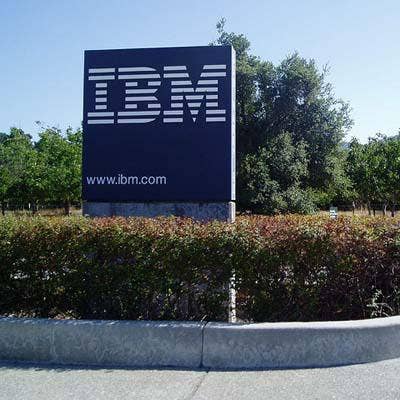
IBM And Workday
Competing against cloud giants like Amazon Web Services, Google and Microsoft is tough, but IBM secured an agreement with Workday to become the primary cloud platform for the Software-as-a-Service giant's development and testing tasks. The agreement opened the door for a larger, commercial partnership in the future and gave IBM a differentiator of being able to offer Workday services, the platform they run on and the implementation and consulting services to give enterprises - and partners - a complete offering around Workday's services.

Facebook And Accton
This partnership doesn't offer big, immediate sales opportunities for solution providers, but it does provide a glimpse into what could be the future of networking. To grow its core social media business, Facebook needs to keep more people connected to its services at the lowest possible cost. The company has started designing and providing networking technology and collaboration tools to the enterprise with the launch of a new 100-gigabit Ethernet (GbE) Wedge 100 switch, its Workplace collaboration product and its newly-formed Partner Program. Does it mean that Facebook is the next HPE? No, but it does provide a clue that the connections inside and between data centers are speeding up and the price of the infrastructure providing those connections is falling fast. Providing connections and collaboration, not hardware or technology for its own sake, seems to be an enduring trend.
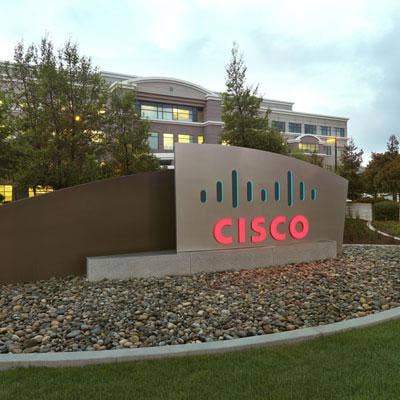
Cisco And Microsoft
"After years of battling it out for collaboration supremacy, the ice between Cisco and Microsoft is thawing," CRN reported as Cisco launched a new offering that allowed interoperability between Cisco collaboration products and Microsoft’s Skype for Business. "The Cisco approach up until the last year or so has been around, 'It has to be us or nothing,'" Chris Bottger, chief technology officer at IVCi, a Hauppauge, N.Y.-based solution provider, told CRN at the time. The partnership involved the new Cisco Meeting Server, which allowed customers to easily connect people in Cisco video rooms with others who use Skype for Business. The solution was built based on technology Cisco acquired from Acano, a collaboration startup that specializes in Microsoft. (Cisco bought Acano for $700 million in January.) More importantly, this opens the door for greater interoperability between the kings of networking equipment and productivity software.
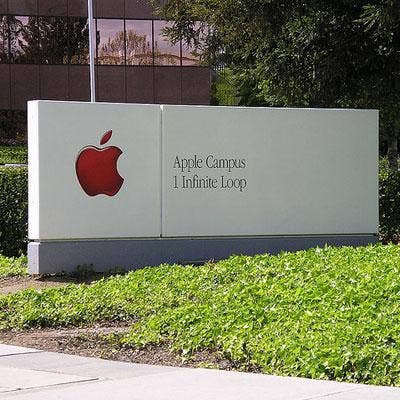
Apple And The Enterprise
This is not just one partnership, and we're not just looking at this year, but Apple's moves into the enterprise are worth watching closely. Apple and Cisco worked together to ensure that iOS 10 features were optimized for use inside businesses using Cisco networking software and hardware (and that's a lot of businesses). Apple's partnership with SAP and relationship with Deloitte resulted in Deloitte expanding the use of iPhones and iPads in businesses around the world via 5,000 Apple practice advisers. SAP, meanwhile, is working to build native iOS apps to help businesses run more smoothly. Taken together, Apple is targeting employee productivity at every turn. With consulting, software and networking giants as partners, Apple, once seen as an alternative to corporate computing, is aiming to make its devices as "standard issue" as Lenovo laptops with Windows are for much of the working world.

VeloCloud And EarthLink, AT&T
Two very different companies have partnered with SD-WAN specialist VeloCloud this year to bring two different kinds of competitive offerings to solution providers. With VeloCloud, enterprises can create a network overlay with multiple links from different service providers to power their branch offices. The "software defined" bit means that the applications delivered in SD-WAN are independent of the underlying transport links.
EarthLink is using VeloCloud's technology to offer SD-WAN as a "concierge service." This service gives partners a way to continuously monitor the WAN service to ensure the performance and reliability of latency-sensitive applications. More importantly, it's a service that provides recurring revenue.
Meanwhile, AT&T is providing both a network-based and a premises-based offering with VeloCloud's technology. Both SD-WAN varieties will allow businesses to prioritize and route data across their networks based on the needs of the applications they're using. And again, both methods of offering SD-WAN give partners a way to sell both connectivity and network-based services and earn recurring revenue in the process.

Microsoft And Qualcomm
This month, Microsoft and Qualcomm said they were bringing Windows 10 and Snapdragon processors to more types of devices, such as tablets and laptops with cellular connections and longer battery life. If the ARM-powered processors can keep pace with Intel's chips when running Windows 10, it may even open the possibility of vendors developing full-featured Windows 10 laptops with ARM instead of Intel chips. The low-power nature of ARM's architecture is a big advantage here for Qualcomm. Assuming the performance troubles have been worked out, Microsoft could be shipping fanless, cellular-connected devices that are always on and powerful enough to run the most challenging programs, like Adobe's Photoshop. The first devices will be shown early next year and the promise of Windows 10 on devices with better battery life, produced at a lower cost, is great indeed.

Arista And Hewlett Packard Enterprise (HPE)
In November, HPE partners could, for the first time, buy Arista's network switching products directly from HPE, giving Arista a new, broader reach in the market and giving HPE a complete competitive answer to Cisco. As part of the partnership, Arista’s networking technology will become the data center infrastructure foundation for HPE’s software-defined infrastructure offerings. As HPE enterprise executive Antonio Neri said in a CRN interview: "This will put significant pressure on Cisco. We already see what Arista is doing today. You can see the numbers for yourself. They have gained share for multiple quarters in a row. Now, together, we are going to accelerate the taking of share in the cloud … This is definitely a significant threat for Cisco."
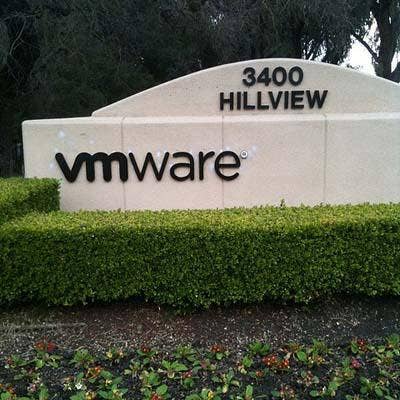
VMware And AWS
VMware and Amazon Web Services put to rest the whole public vs. private cloud debate earlier this year when the companies announced a new strategic partnership under which VMware's complete software-defined data center offering will run on the AWS public cloud. The new platform, called VMware Cloud on AWS, allows enterprise customers to run applications across VMware vSphere-based private, public and hybrid cloud environments, using their existing VMware software and tools for a full range of storage, database, analytics and other services. The partnership will start to show results in 2017, but solution providers are already looking forward to helping customers preserve the investments they've made in on-premises virtualization while taking advantage of the AWS cloud.
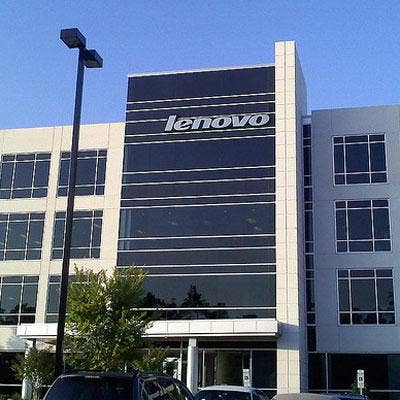
Lenovo And Nutanix
Lenovo has rolled out a $25,000 hyper-converged solution for the small to mid-sized business market because of its partnership with Nutanix. With Lenovo eager to go after markets where it can compete with Dell, Cisco and HP, and Nutanix needing partners with a well-developed channel and go-to-market strategy, the pairing seems to be working well so far. "It's a crowded marketplace, and many startups have similar offerings, but SMBs don't just want a cheaper solution, they want comprehensive functionality, and we want to make it mindlessly simple for channel partners to offer," Radhika Krishnan, Lenovo's executive director of converged infrastructure and networking, told CRN in May.